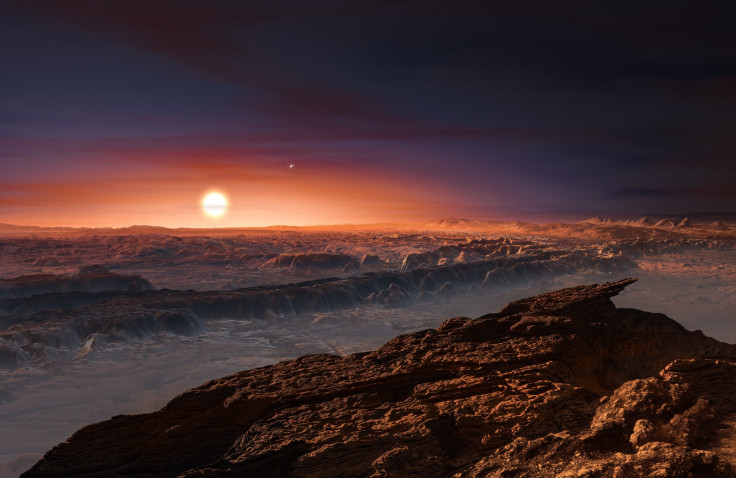Alien Life Found? Extraterrestrials 'Strong Signal' From Russian Telescope Is Detected, Scientists Say

The theory of life existing in galaxies far, far away may have just taken one giant step forward, if a new report is to be believed. Signs of extraterrestrial alien life were recently sensed by a radio telescope in Russia courtesy of a "strong signal," reported science news website Phys.com.
The signal came from a star — HD164595 — that is located around 95 light-years from Earth and which astronomers believe has at least one planet.
However, an expert on deep space exploration was quick to warn people not to jump to conclusions. "No one is claiming that this is the work of an extraterrestrial civilization, but it is certainly worth further study," said Paul Gilster, who operates the website Centauri Dreams. "But the signal is provocative enough that the RATAN-600 [telescope] researchers are calling for permanent monitoring of this target."
Just days before the news was officially announced Saturday, an official from NASA last week told those in attendance at the NASA Innovative Advanced Concepts Symposium that similar breakthroughs — such as the rover on Mars searching for life there — that alien life may not be readily apparent even if the human eye sees it, science publication Inverse reported.
"It’s not like you can walk into a new environment with your lovely robot on some other planet, look at the ground and go gosh it’s life!" Penelope Boston, Director of NASA Astrobiology Institute, said Thursday. "Instead it’s 'gosh it’s blue something, and it’s got a copper signal, and I don’t know' — and then you have to investigate."
There is at least one reason why human have failed to find evidence of extraterrestrial life in deep space, reported the Washington Post: None has been born yet.
Obviously there is no way to prove that theory, but a scientist at Harvard-Smithsonian Center for Astrophysics and lead author of a new study maintains that life on earth is all but exclusive in the solar system.
"If you ask, 'When is life most likely to emerge?' you might naively say, 'Now,'" Avi Loeb said. "But we find that the chance of life grows much higher in the distant future."
© Copyright IBTimes 2024. All rights reserved.






















